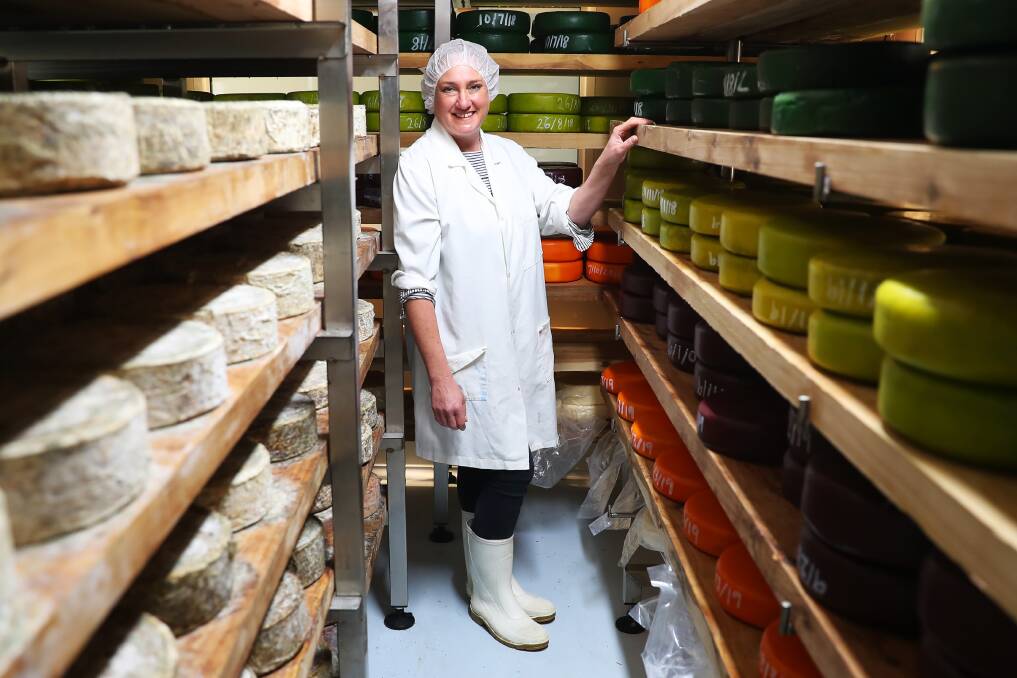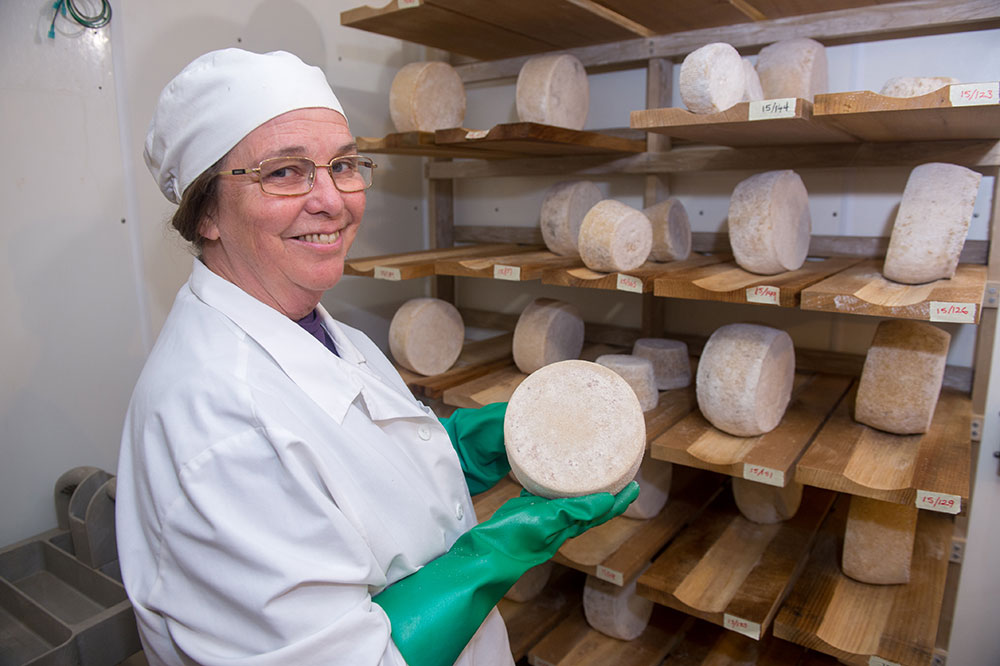Discovering Melbourne Made Cheese: Why Floridia Cheese Is a Must-Try
Discovering Melbourne Made Cheese: Why Floridia Cheese Is a Must-Try
Blog Article
Opening the Tricks of Artisanal Cheese Making: A Step-by-Step DIY Overview
In the world of cooking craftsmanship, artisanal cheese making stands as a testament to the fragile balance between tradition and development. As we begin on this trip to debunk the art of creating charming cheeses, we are encountered with a tapestry of keys and skills waiting to be unraveled.
Picking the Right Milk
When getting started on the journey of artisanal cheese production, the selection of milk plays an important role in figuring out the quality and features of the last item. The type of milk selected influences the flavor, structure, and on the whole profile of the cheese.
When choosing milk for cheese production, it is necessary to think about the fat content. Higher fat material in milk can cause a creamier and richer cheese, while lower fat content may result in a drier and stronger structure. In addition, the source of the milk, whether from cows, goats, lamb, or buffalo, adds distinctive flavors and features to celebrity (Cheese Makers Melbourne). Each type of milk brings its own nuances, enabling for a wide variety of cheese selections to be crafted based on the chosen milk. Eventually, the choice of milk is a basic decision that establishes the foundation for a successful artisanal cheese-making venture.
Culturing and Coagulating
To launch the cheese-making process, the critical actions of culturing and coagulating have to be very carefully performed to change milk right into curds and whey. Culturing includes introducing valuable microorganisms to the milk, which after that begins the fermentation process. These bacteria transform lactose (milk sugar) right into lactic acid, creating the acidic setting needed for coagulation. The kind of society utilized can significantly influence the flavor, texture, and ripening of the final cheese item.

The timing and temperature level control throughout culturing and coagulation are critical aspects that influence the last end result of celebrity. Correct execution of these steps is necessary to make certain the preferred structure, flavor, and uniformity of the artisanal cheese being generated.
Draining and Pushing Curds
After the milk proteins have actually coagulated and the curds have been reduced to release whey, the next important step in artisanal cheese making involves draining and pushing the curds to attain the desired appearance and uniformity of the final cheese item. The time for draining can vary depending on the type of cheese being made and the preferred moisture material.
Once the curds have actually sufficiently drained, the following action is pressing. Pushing assists eliminate any kind of continuing to be whey and compacts the curds to form a solid cheese wheel. Pressing can be done utilizing specialized cheese presses that use gentle and constant pressure over a time period. The period and stress applied throughout pushing will certainly influence the last appearance of the cheese, from soft and luscious to tough and company. Proper pressing and draining are crucial actions that significantly affect the top quality and features of the artisanal cheese being produced.
Aging and Flavoring Techniques
Executing careful aging and flavor techniques is crucial in improving the depth and intricacy of artisanal cheeses, elevating their taste accounts to charming levels of refinement and class. Aging plays a crucial role in developing the unique flavors and structures that identify artisanal cheeses. During the aging procedure, cheeses are kept in very carefully controlled environments where aspects such as airflow, temperature, and humidity are controlled to motivate the development of valuable mold and mildews and bacteria. This controlled setting allows the cheese to grow slowly, creating abundant tastes and intricate fragrances.
Seasoning techniques additionally contribute description substantially to the final taste of artisanal cheeses. Cheesemakers might select to introduce additional tastes by incorporating components such as herbs, flavors, and even fruits into celebrity throughout the production process. In addition, some cheeses are cleaned or massaged with numerous fluids, such as brine or alcohol, to enhance their flavors and structures.
Covering and Storing Cheeses

Verdict
In conclusion, grasping the art of artisanal cheese making entails meticulously selecting the ideal milk, adhering to precise This Site culturing and coagulating processes, draining and pushing curds properly, and using numerous aging and flavoring strategies. By adhering to these actions faithfully and with interest to detail, you can create your very own scrumptious and distinct cheeses in your home. Bear in mind to wrap and save your cheeses effectively to guarantee optimum taste and appearance advancement. Happy cheese making!
Each kind of milk brings its own nuances, permitting for a broad range of cheese ranges to be crafted based on the chosen milk.After the milk proteins have coagulated and the curds have actually been cut to launch whey, the following essential step in artisanal cheese making involves draining pipes and pushing the curds to accomplish the wanted texture and uniformity of the final cheese item. Most cheeses should be wrapped in wax paper or cheese paper to permit them to take a breath while safeguarding other them from drying out. For cheeses that need to proceed aging, such as bloomy peels or washed rinds, ensure they are kept in a trendy environment like a cheese cavern or a refrigerator established to the suitable temperature level. By paying attention to the covering and storage of artisanal cheeses, cheese makers and enthusiasts can preserve the stability of these specials and completely appreciate their complicated flavors.
Report this page